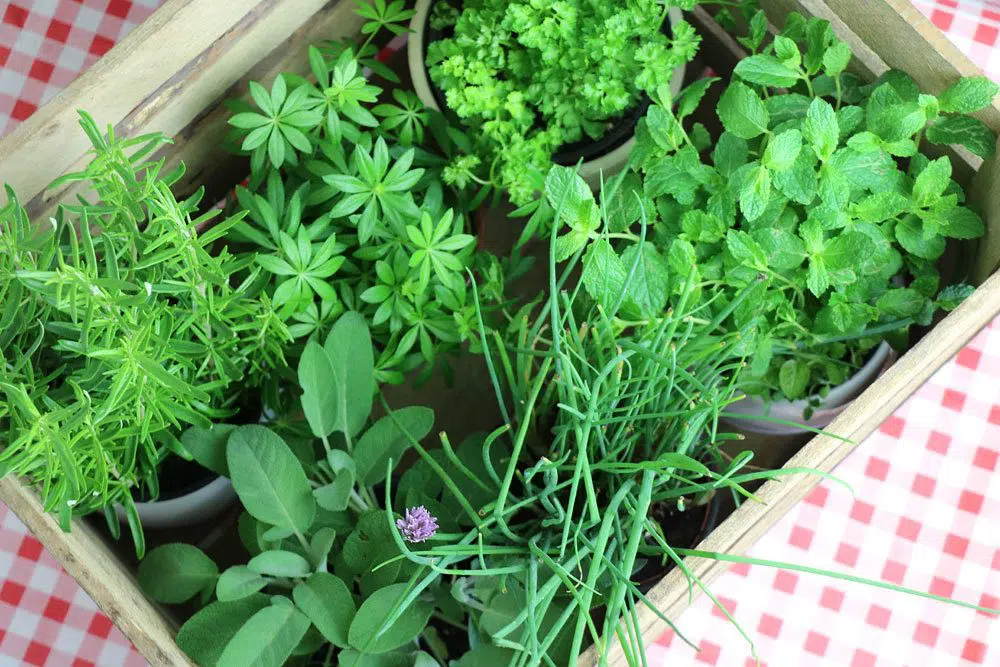Fresh herbs as an addition to dishes are in high season in our kitchens from spring to autumn. And so that they are always ready handle, many amateur gardeners create a bed of herbs, or cultivate them in a pot or in a balcony box on the balcony or terrace. For a rich harvest is not only the optimal location important, but also the right soil. Because it ensures that the plants thrive well.
Contents
Herb soil
In this country, herbs are usually purchased as pre-cultivated potted plants. Garden centers or supermarkets offer a variety of kitchen herbs. Relatively new is the offer of herbs from the so-called vertical cultivation. Here, the young plants are grown in a special liquid nutrient solution under artificial light. Once the plants have developed strong roots, they are harvested and offered without substrate. So they must be used as soon as possible, so that they can develop well in the home garden or on the balcony.
In which herb soil the particular herb grows best is not a science, however, not every herb feels equally comfortable in every soil. Therefore, you should pay attention to the optimal substrate when planting. It should also be well-drained, because kitchen herbs usually do not tolerate waterlogging. We have put together a selection of soils and kitchen herbs for you here.
Herbs
Basil
the popular culinary herb prefers a humus-rich and permeable soil, which should be kept moderately moist
a mixture of soil and sand is ideal
Mugwort
the soil for mugwort should be sandy, dry and permeable
Watercress
watercress thrives optimally in moist and humus-rich soil
Savory
Savory prefers a well-drained and loose garden bed that should be kept rather dry
Borage
Borage grows very well in slightly moist, well-drained and humus-rich soil
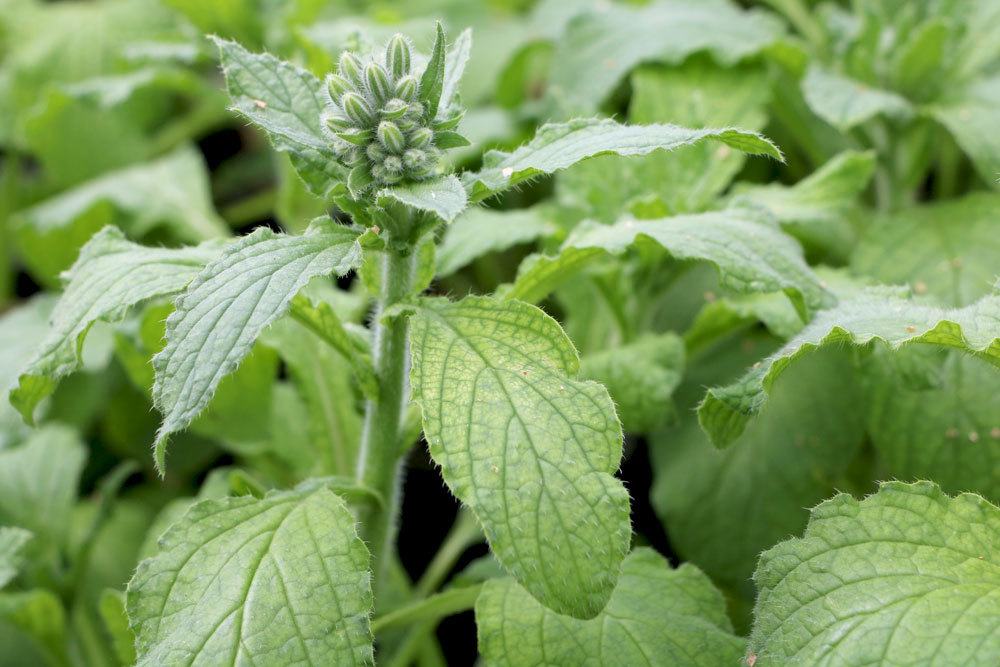
Dill
this culinary herb needs a slightly moist, loose and humus-rich garden bed for optimal growth
mountain rue
in contrast to many other culinary herbs, the rue feels extremely well in a slightly calcareous soil, which is also loose and permeable.
Verbena
for the verbena the soil should be lean, dry and permeable
Tarragon
the soil for tarragon should be permeable, moderately moist and rich in humus
Garden cress
Garden cress thrives in conventional garden soil and requires abundant watering
Coriander
Coriander prefers a humus-rich garden soil
Caraway
for caraway a mixture of garden soil, compost and sand is optimal
Lovage
like rue, lovage also tolerates a slightly calcareous soil
in addition, the herb prefers loamy soil, which is moderately moist.
Marjoram
marjoram feels very well in a slightly sandy, humus-rich and permeable soil
Oregano
like marjoram, oregano thrives in a slightly sandy, humus-rich and well-drained soil.
Parsley
the classic among the culinary herbs goes well in a moist, humus-rich and well-drained garden bed
Rosemary, sage and thyme
these Mediterranean culinary herbs prefer a permeable, dry and sandy soil
they are best planted in a soil-sand mixture
Chives
Chives prefer loamy soil and need plenty of water
Lemon balm
a permeable, humus-rich substrate is optimal for this popular culinary herb.
Mix your own herb soil
If you want to offer your kitchen herbs the optimal soil, you can use garden soil and compost in addition to a special herbal soil. To ensure that the soil meets the needs of each herb, you should mix it yourself, so the herbal soil can be optimally matched.
For Mediterranean kitchen herbs mix:
- Garden soil: 55 percent
- Compost: 15 percent
- Quartz or lava sand: 30 percent
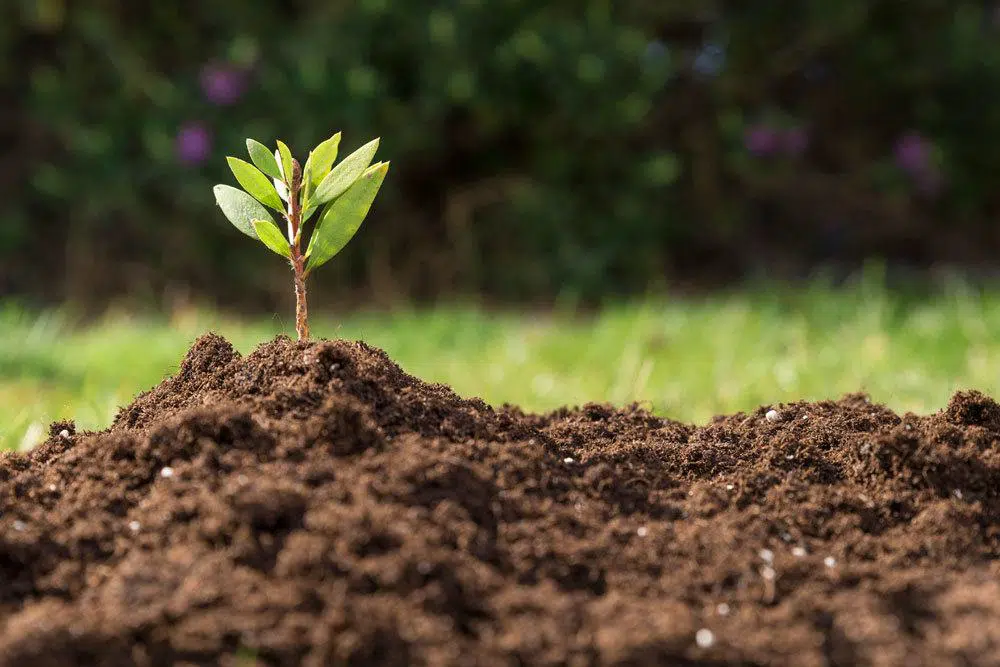
Tip: For kitchen herbs cultivated in pots or tubs, potting soil is recommended instead of garden soil.
If soil with a higher compost content is used for the kitchen herbs, such as tomato or vegetable soil, it should be slightly stretched. Coco soil, which is less pre-fertilized, is suitable as a stretcher. It also loosens the soil.
Loamy soils
Loamy soils do not like many herbs, because they are not permeable enough. Nevertheless, you do not have to do without a bed of herbs in the garden. However, in order for kitchen herbs to thrive in a clay or loam soil, you should make it more permeable. To do this, mix coarse sand or fine gravel under the soil.
Herbs with high water requirements
Kitchen herbs such as parsley or watercress have a high water requirement. If they are cultivated in pots or tubs, expanded clay or zeolite should be added to the substrate. These materials store water and nutrients and release them to the culinary herbs as needed.
Herbs with high demands
As with other plants, there are species of culinary herbs that prefer a rich substrate. Among them are, for example, mint, tarragon or lovage. In order for these herbs to thrive, compost should be added to the herb soil. The rule of thumb is to fill the planting hole or planter with about one-third compost.
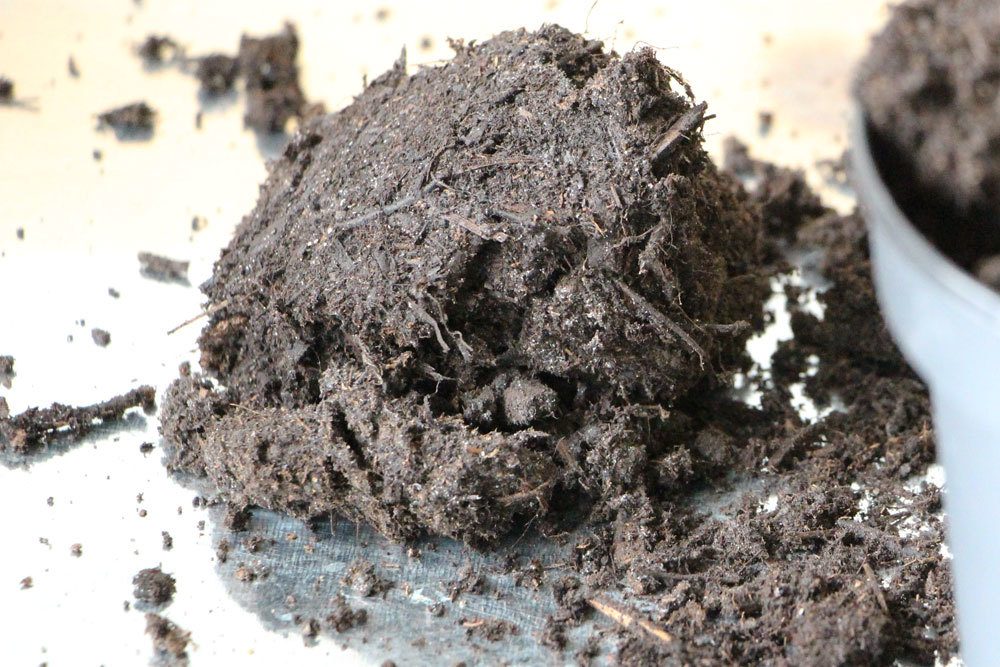
Mixed culture instead of monoculture
If herbs come into the garden bed or balcony box, you should plant different kitchen herbs together. However, care must be taken to ensure the correct composition, as not all varieties are compatible with each other. Basically, kitchen herbs that have similar nutrient requirements should not be placed next to each other.
“Wrong” neighborhoods are, for example:
- Basil and lemon balm
- Thyme and marjoram
- Fennel and coriander
- Dill and tarragon
- Dill and garden cress
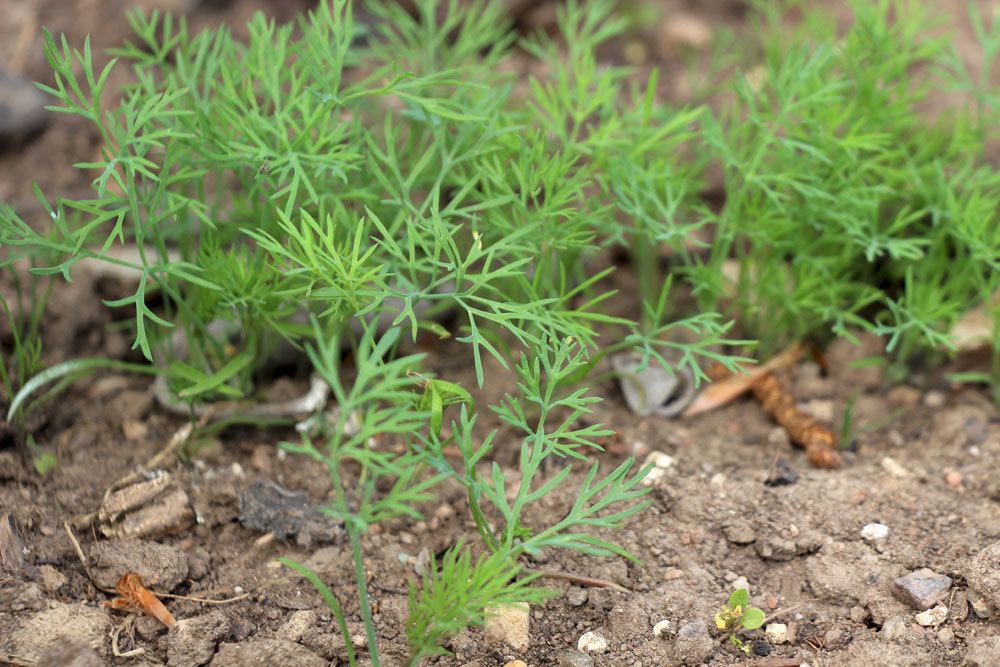
“Proper” neighborhoods are, for example:
- Sage and oregano or savory.
- Parsley and dill
- Parsley and chives
- Chives and chamomile, dill or chervil
- Thyme and coriander, tarragon or savory
- Dill and chamomile or marjoram
- Rosemary and sage or basil
- Lemon balm tolerates almost all herbs except basil
- Sage and oregano or savory
- Tarragon and rosemary, sage or chives
- lovage and parsley
- Caraway and dill, parsley, marjoram or rosemary
- Savory and lavender
- Coriander and thyme, savory or parsley
- Oregano and sage or savory
- Chervil and dill, chives, chamomile or savory
If kitchen herbs are grown in pots, biennial and perennial herbs, such as lovage or lavender should be planted as specimen plants.

